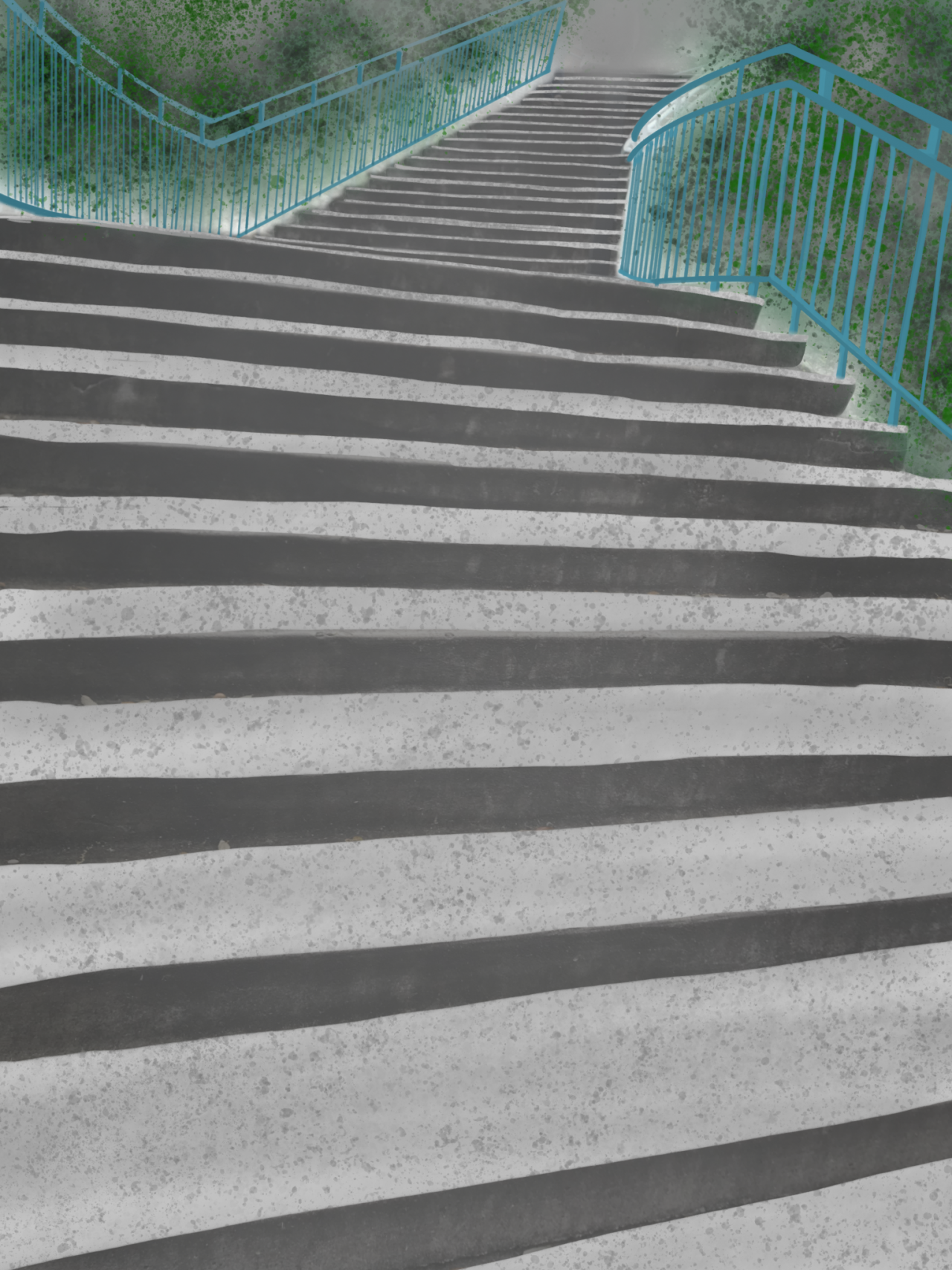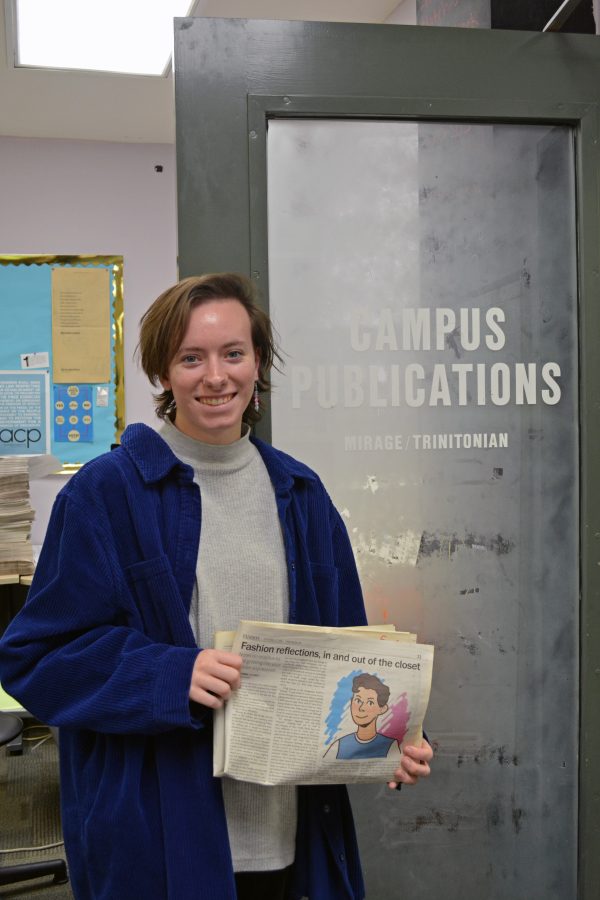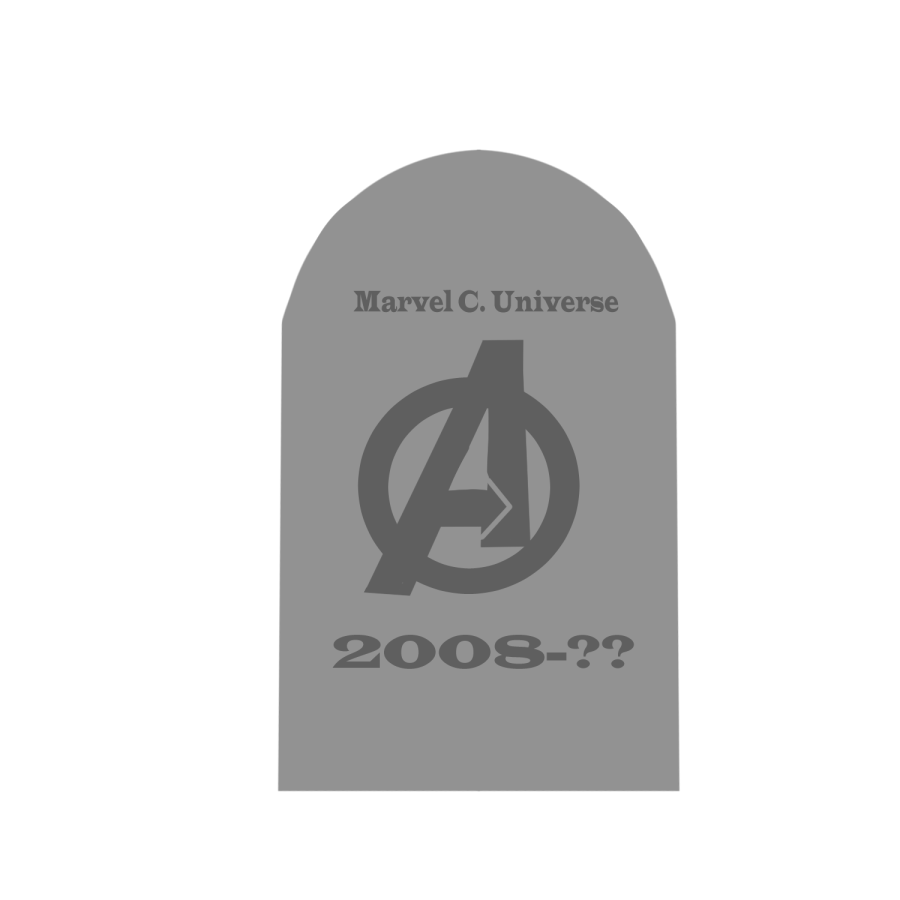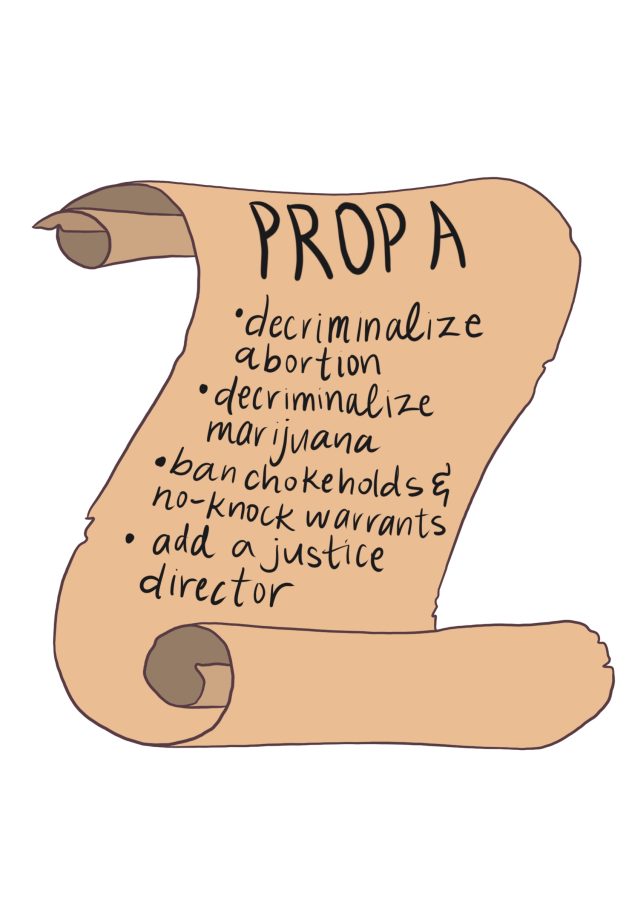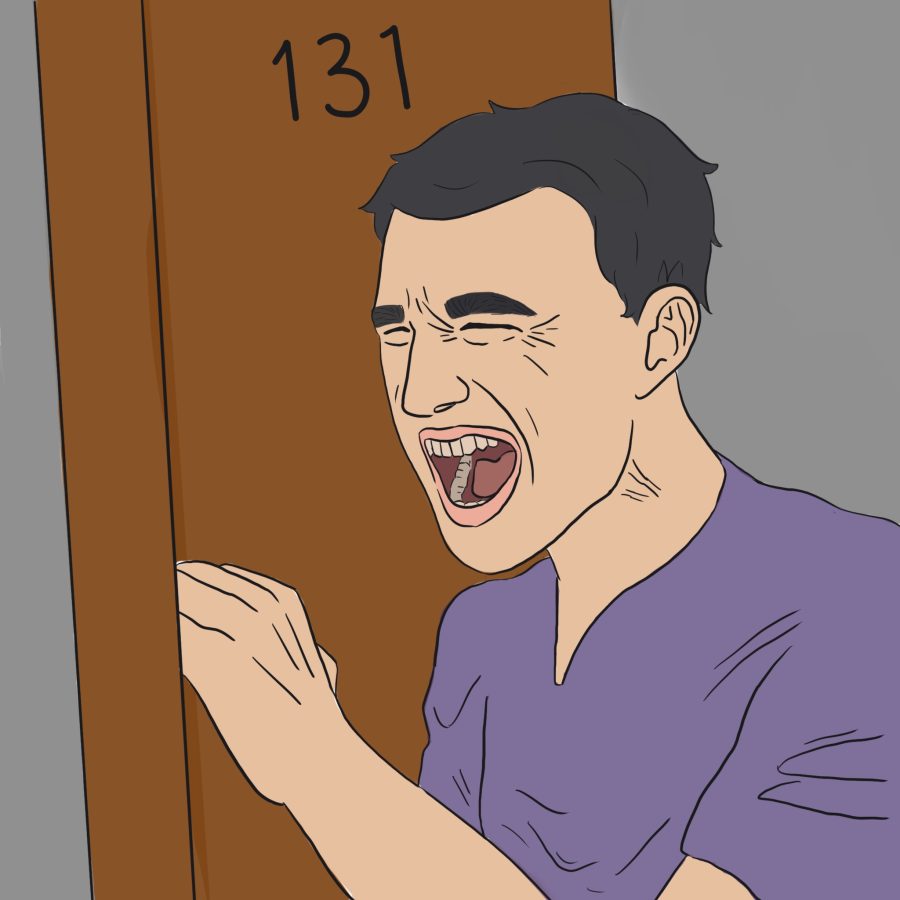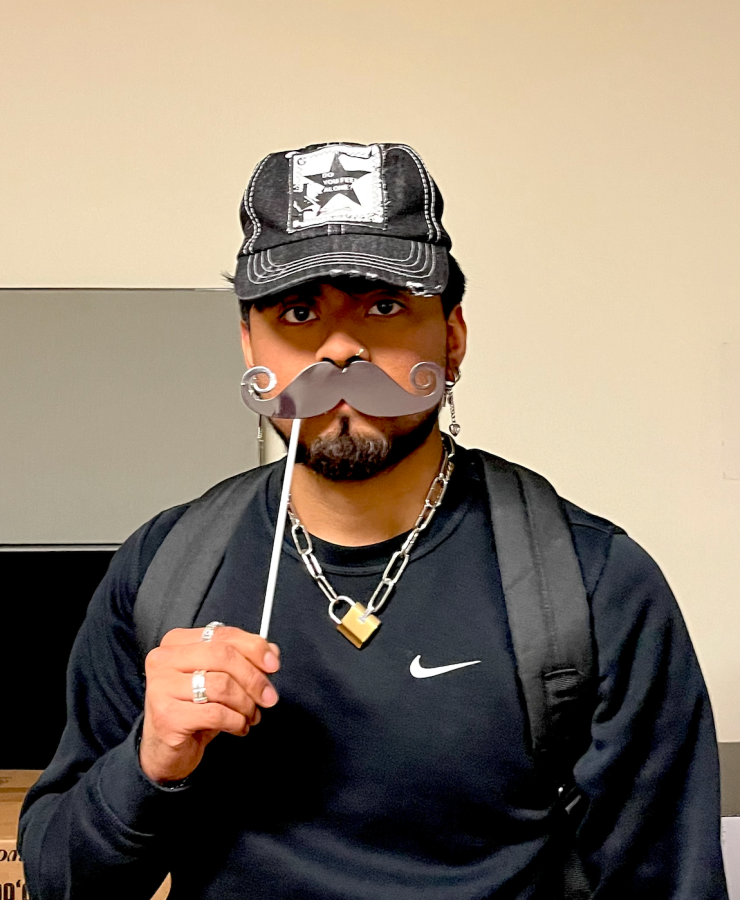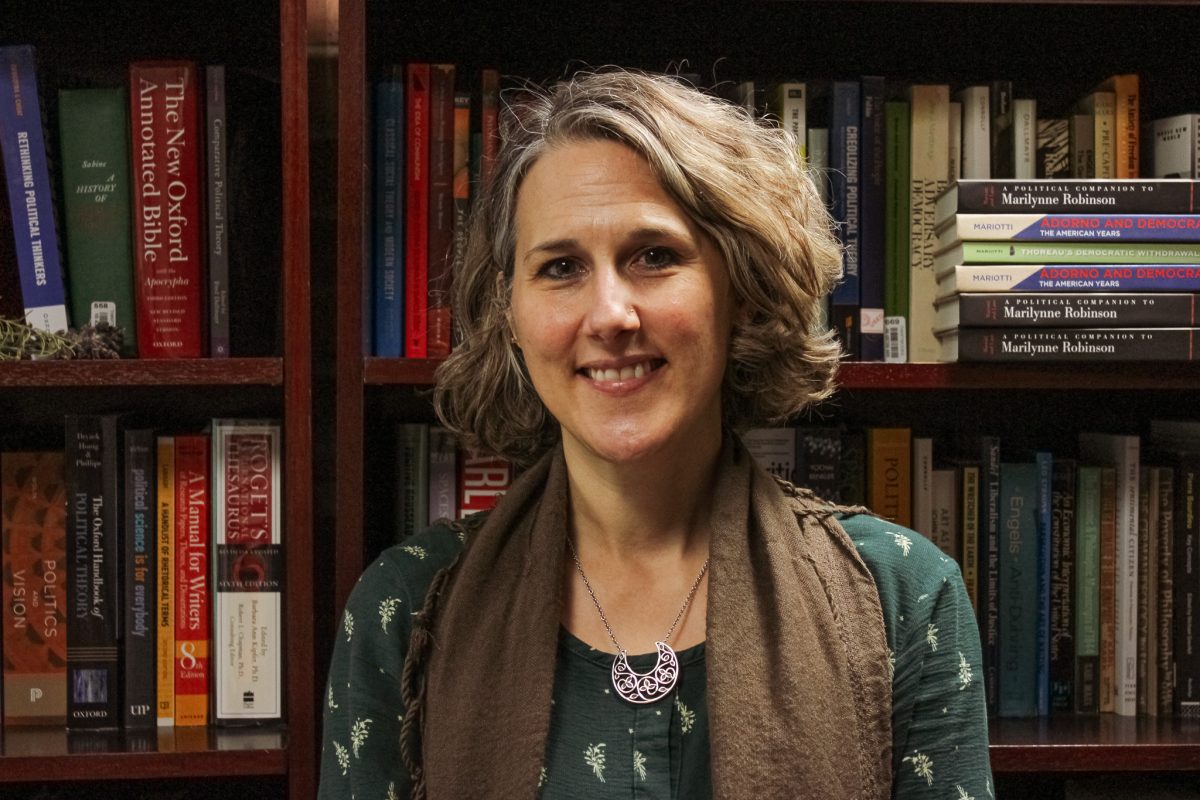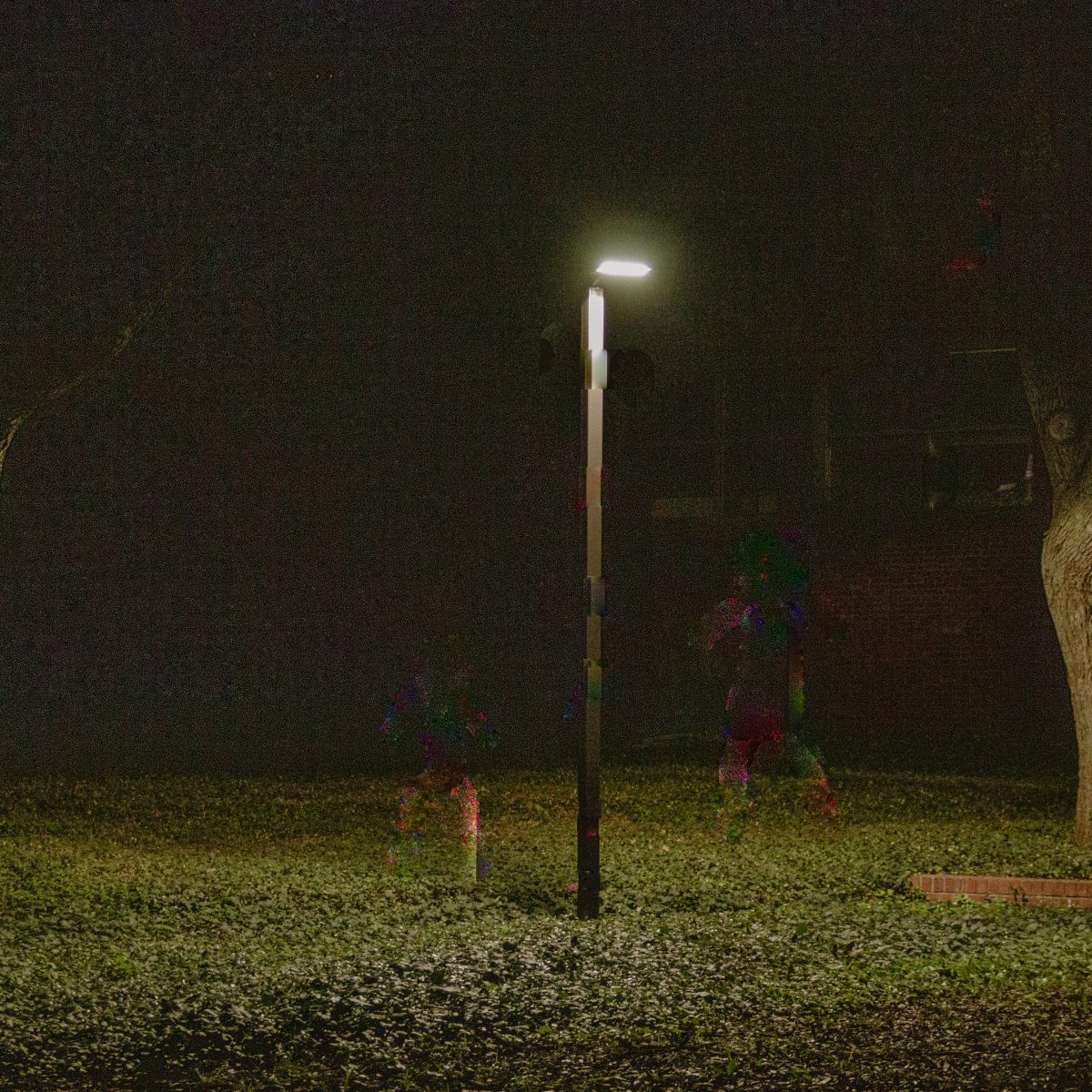Illustration by Genevieve Humphreys
As conversations around choosing a residence hall, roommates and suitemates approach, students may find their options limited.
Senior Catherine Terrace has a mobility impairment that makes walking to classes and up hills difficult at times. Terrace considered Trinity’s campus accessibility when choosing to attend her first year.
“Whenever I came to Trinity in the fall of 2013, I did so with a lot of discussion with Student Accessibility Services. One of the major accommodations I needed was closer housing to upper campus. I can’t walk long distances, so that was a really important requirement for me to able to really attend Trinity,” Terrace said.
Terrace lived in Murchison for her first and second years at Trinity. The room that Terrace lived in was handicap accessible — it was bigger than other dorms, did not have an adjoining suite and had a single bathroom.
However, Terrace expressed difficulty in maintaining a social circle due to her housing.
“One of the more difficult things about living in Murchison, especially when you have a handicap, is yes you’re closer to upper campus, but it makes it really difficult to get to lower campus to go see your friends’ dormitories,” Terrace said.
Terrace chose to move to North Hall her junior year.
If students need housing accommodations, Myeshia Smith, assistant director for Student Accessibility Services, works with Residential Life to provide options. At the beginning of the semester, Smith has meetings with students to learn more about their needs.
“Paperwork is important; however, it’s more important to get to know the person, to get to know the function of the person, so the person is able to communicate what barriers they have. I work with Residential Life and the student to come up with a plan to accommodate the student. So that could be the student living in the residence hall with an elevator or that is closer to the upper campus. It just depends on what the need of the student is,” Smith said.
Many students in the past have expressed difficulty with accessibility on Trinity’s campus. Read below, directly from the archives, to learn more.
1978
“Under the 1973 Rehabilitation Act, all institutions relying on federal financial assistance must be accessible to individuals with physical disabilities. Even though it is required by law, Trinity University has almost no facilities for the handicapped or the disabled.”
1986
“There are brief moments of difficulty as students amble along with sprained ankles or broken legs and crutches. This is when they realize just how inaccessible Trinity is to the handicapped. But their moment of helplessness will end. What happens when Trinity is faced with students who are permanently disabled? This is the problem facing the Trinity community at present.”
1991
“According to Vidales, not every residence hall may be adjusted to the special needs of physically challenged students, as no regulations existed at the time of construction. After the Rehabilitation Act of 1973 was passed, certain codes required consideration of the needs of the handicapped.”
1997
“According to David Tuttle, director of Residential Life, there are nine suites in various dorms that have been similarly designed. Two are located in McLean Hall, and one each in Beze, Winn, Miller, Susanna, Myrtle, Thomas and Prassel Halls. ‘I can’t think of a time when we’ve had more than two students living in the dorms who required such facilities, but part of the reason we have accommodations in several different buildings is so they have some selection in where they can live,’ Tuttle said.”
2019
Even with the progress made, there is work to be done regarding accessibility across campus, according to Terrace.
“Even if your dorm itself is accessible, you’re still going to have friends living in inaccessible dorms and the campus should be better about providing accessibility across campus,” Terrace said.

